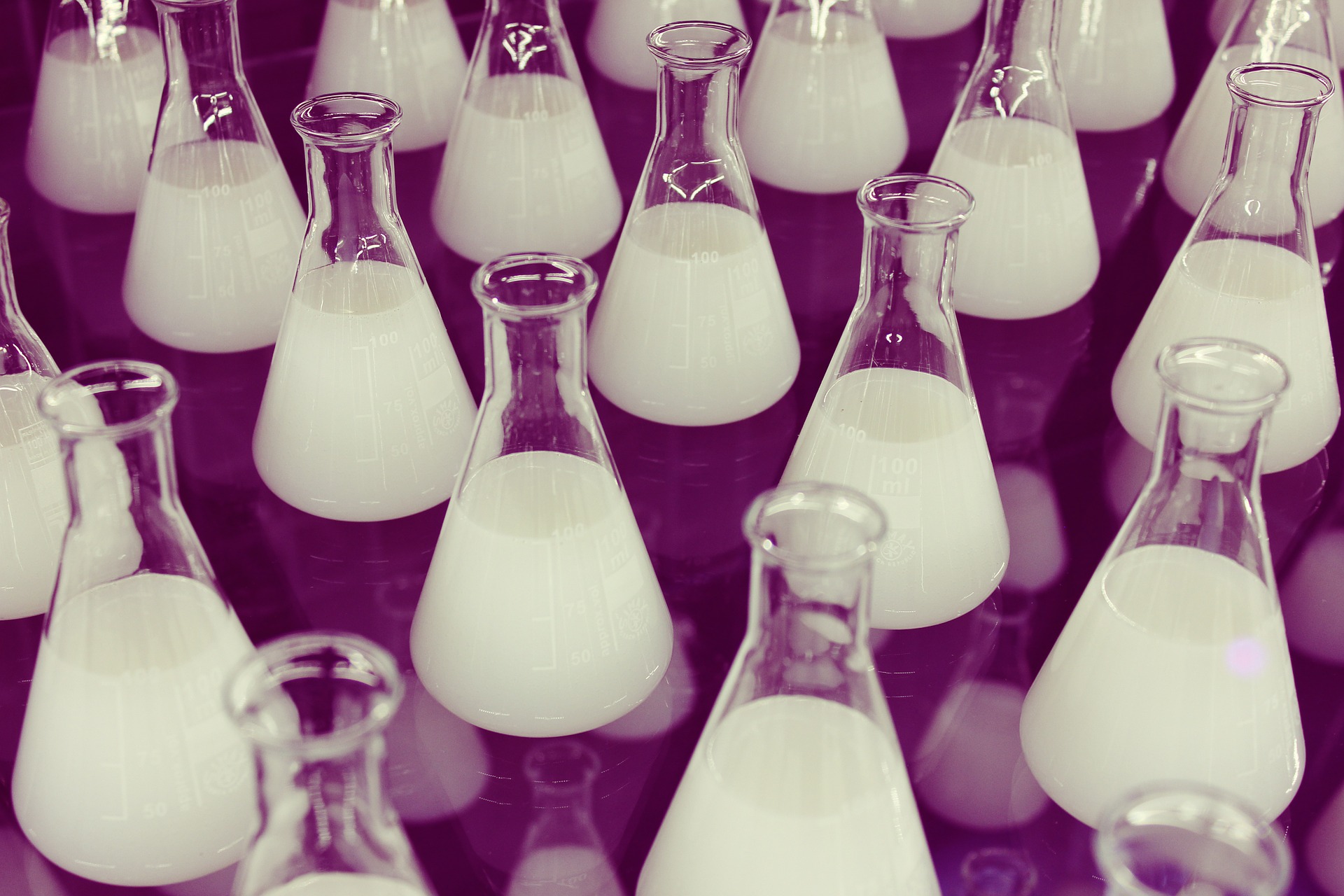Salicylic acid is in many products, such as facial cleansers, pimple patches, spot treatments, toners, and much more. With how often we encounter this ingredient, it’s important to understand what it is, how it works, and how it benefits the skin.
Here’s everything you need to know about salicylic acid to help you incorporate this skincare ingredient into your skincare routine.
What Is Salicylic Acid?
Salicylic acid is a beta-hydroxy acid (BHA) found in many skin care products used to treat various forms of acne and many other skin conditions. While it may sound unnerving to put acid on your face, the household brand that you put on your skin is perfectly safe. The body naturally produces salicylic acid, as do various flora, particularly plants such as meadowsweet and willow bark.
How Does It Work?
Acne blemishes typically arise when sebum, dirt, or dead skin clogs pores. Salicylic acid works by penetrating deep into the pores and dissolving this debris; it also helps your skin regulate how much oil it produces. Additionally, salicylic acid helps break down and remove dead skin cells, acting as a gentle chemical exfoliant.
What Are the Benefits?
By dissolving the excess debris that causes acne, salicylic acid reduces your chances of getting more blemishes and helps clear up existing acne. It can also help ease the amount of oil your skin produces, as salicylic acid is a humectant.
Often, the skin overproduces oil in an attempt to make up for the lack of moisture. Humectants such as salicylic acid help draw water from the lower layers of your skin up to the surface, hydrating it. And by aiding your skin’s natural process of shedding dead skin cells, this chemical exfoliant will help reveal new, healthier cells that help your skin look bright and plump.
The Dos and Don’ts of Using Salicylic Acid
Although salicylic acid is a humectant and can help hydrate the skin, never skip out on your moisturizer, as it will help lock in hydration and strengthen your skin’s protective barrier. On the topic of mixing skincare ingredients, never mix salicylic acid with retinol or glycolic acid, as this can lead to redness and irritation.
Remember that salicylic acid is a chemical exfoliant, and if you’re using it as such, it will come in higher concentrations than it would in a face wash or pimple patch. These higher concentrations mean you should never mix other exfoliant ingredients, physical or chemical, within your routine. One of the most common exfoliation mistakes people make is accidentally over-exfoliating their skin, which can lead to tight, dry, red, inflamed, flakey, and itchy skin.
If you have excessively dry skin, you should avoid salicylic acid, as it can make it worse. Those with oily skin are safe to use this BHA every day. If you have sensitive skin, you should start by only applying this product once or twice a week. If you notice any redness or irritation, stop usage immediately.
With this guide to everything you need to know about salicylic acid, are you ready to incorporate this skincare wonder into your routine? As long as you always patch-test a new product before use, you can safely add it to your regimen without any worry.




